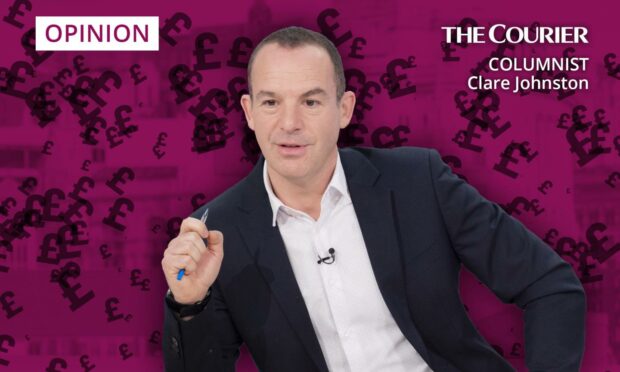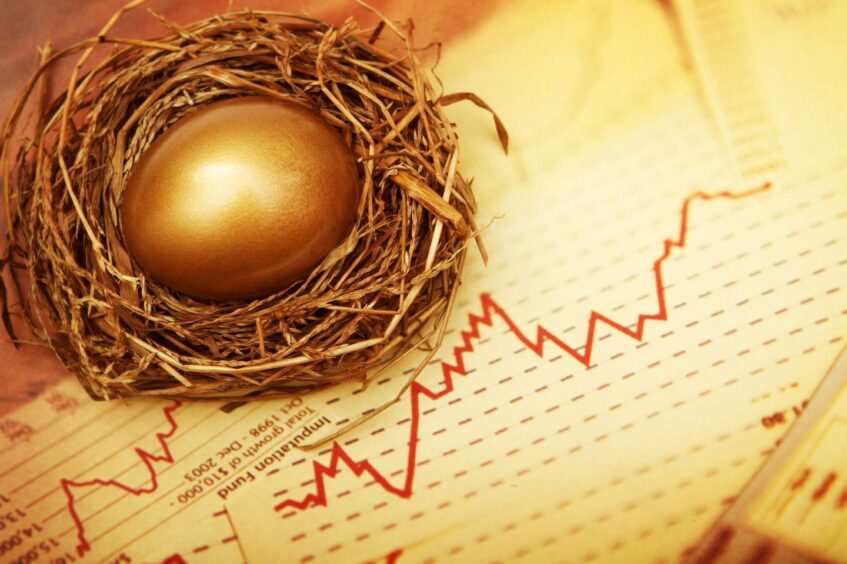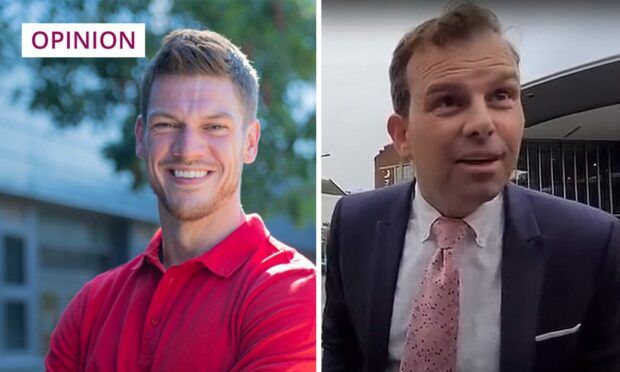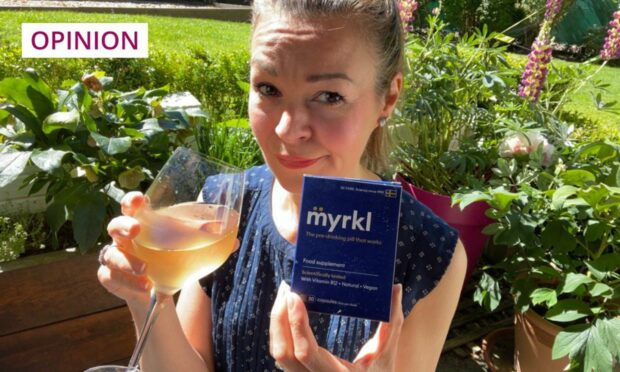I’m in no position to start dishing out financial advice.
I’m the person who used to see a credit card limit as a spending target and believed debt was just part and parcel of adult life.
My overdraft was dipped into, usually up to or tipping over the threshold, every month.
Interest rates were of complete disinterest to me.
Which is why I got clobbered by them each and every day.
Then I met my husband.
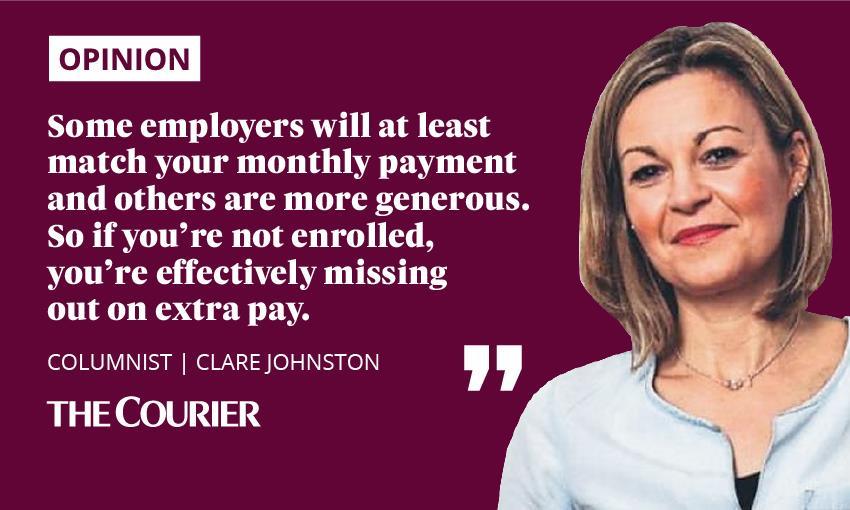
When he found out how much debt I had accumulated by the age of 29 he was stunned.
Being a sensible type he advised me to consolidate my credit card debt (I had quite the collection of cards by then) in a low-interest loan with an affordable monthly repayment plan.
It was great advice and I immediately got a loan sorted.
But some months later we were sitting down with a financial adviser to discuss a mortgage application and he asked how much I had left to pay.
You can imagine my husband’s surprise when this turned out to be £1,500 more than the credit card debt he had advised me to consolidate.
“I thought you had paid off your cards and were on a repayment plan?”
“I am,” I replied proudly. “But the guy who sold me the loan asked if I wanted to round it up to an even number, so I did.”
So yes, I was utterly hopeless when it came to money.
But there was one smart financial choice I made when I started my first proper job. And I remain grateful to this day.
I enrolled in a pension scheme.
Where are the missing millions?
As was my approach back then, I signed up without much thought.
I simply circled the middle contribution percentage on offer and forgot about it.
I could scarcely afford it.
But I opted in and have paid into a pension scheme with every job ever since.
Since 2018, employees over the age of 22 who are earning more than £10,000 a year must be automatically enrolled in a workplace pension scheme by their employer.
This means you no longer opt in, but rather have to opt out if you don’t wish to contribute.
That has seen the number of people who have workplace pensions increase from under 47% in 2012 to 78% in 2020 – something to cheer about.
Yet more than 6 million people are still missing out.
Pension need-to-knows key points for retirement savings… https://t.co/w1LALZRTc7 #MartinLewis
— Martin Lewis (@MartinSLewis) February 17, 2022
And amidst a cost of living crisis, I fear contributions to workplace pensions may be one of the things struggling employees drop in a desperate attempt to increase their take-home pay.
Are you missing out on a hidden pay rise?
For those who are not automatically enrolled, the idea of actively opting in and sacrificing limited earnings is not going to seem appealing.
But, money maestro Martin Lewis last week delivered absolutely crucial pensions advice that every one of us should listen to.
He pleaded with employees not to opt out of their workplace pension scheme unless they absolutely had to.
And he urged those earning over £6,240 a year who are not automatically enrolled to look at how they might do so.
That’s because the contribution we make towards our pensions each month is taken before tax and your employer also has to contribute a minimum of 3%.
@martinlewismse Employee aged 16 to 74 earning over £6,240/yr? How to ensure you don’t give away a hidden payrise! From #ITVMartinLewisMoneyShow 17/2/22
Some employers will at least match your monthly payment and others are more generous.
So if you’re not enrolled, you’re effectively missing out on extra pay.
Let’s not count the cost of lost contributions
As the cost of living crisis takes hold it means every one of us is going to be hit in the pocket.
We face rising food prices, along with higher energy bills, mortgages and rent.
Throw in the hike in national insurance contributions and council tax increases in many areas and money is going to become tighter for all of us.

None of this is helped by the terrible events we’re seeing unfold in Ukraine and the resulting sanctions against Russia.
And it means we will all be looking for ways to save money and reduce our monthly costs.
But sacrificing the additional pay and tax saving delivered through the workplace pension scheme is a long-term loss none of us can afford.
Employers should play their part by increasing wages in line with inflation – something official figures suggest is not happening.
And as we battle to make every penny count, let’s make sure we access the extra employer contributions we’re entitled to.
